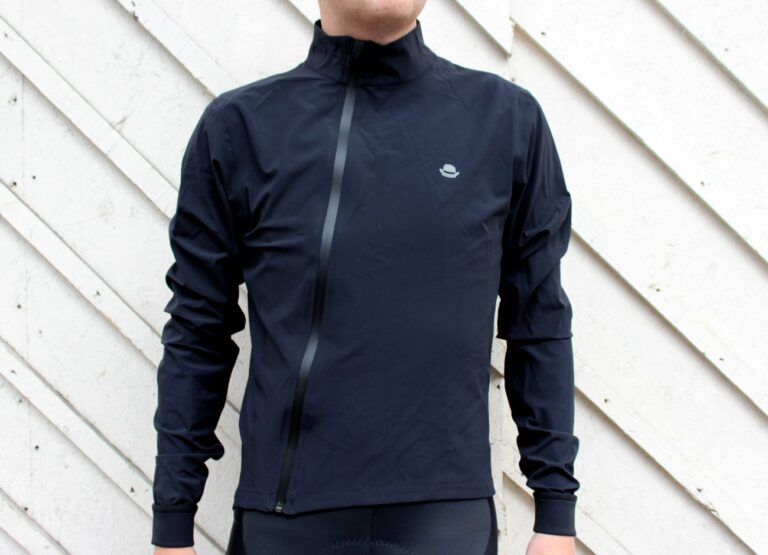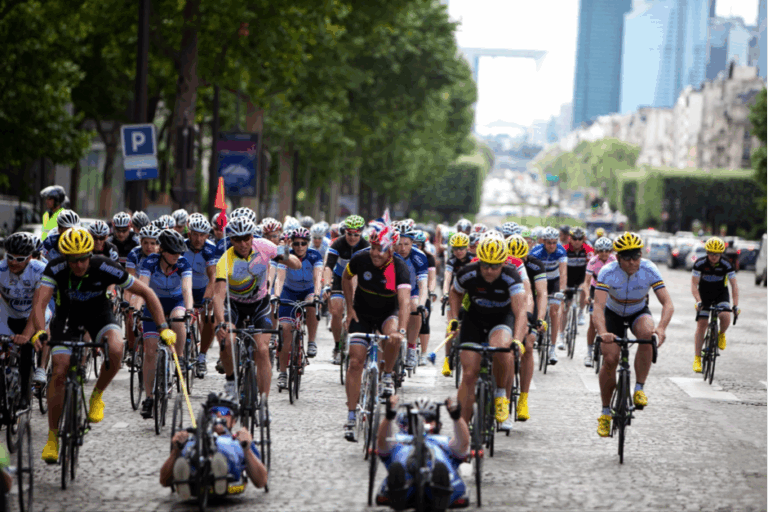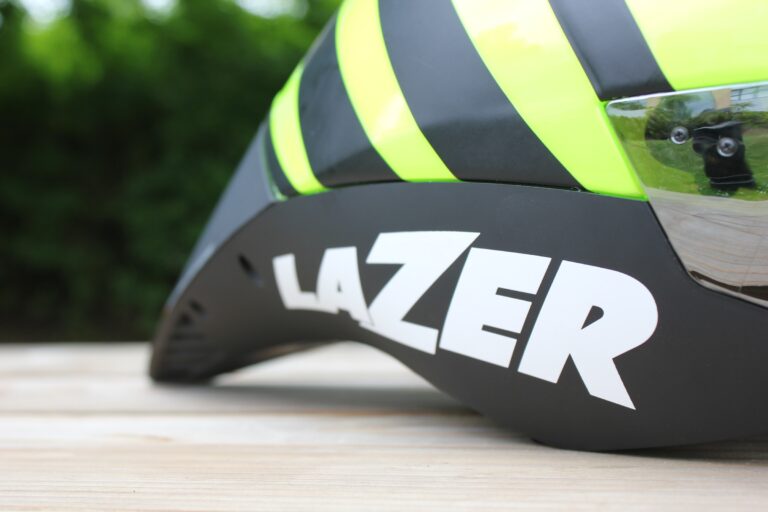By now most readers will have completed several months of training and preparation for their key summer sportives.
With the last few weeks and months approaching, the foundations are laid. You’ve built the endurance and skills necessary to complete your goal event and only the final layers of icing need to be applied to the cake before you are fully ready.
These last few weeks can be crucial in your goal of achieving a gold standard time, so make sure you get the final preparations spot on and can stand on the start line ready and confident of a great ride.
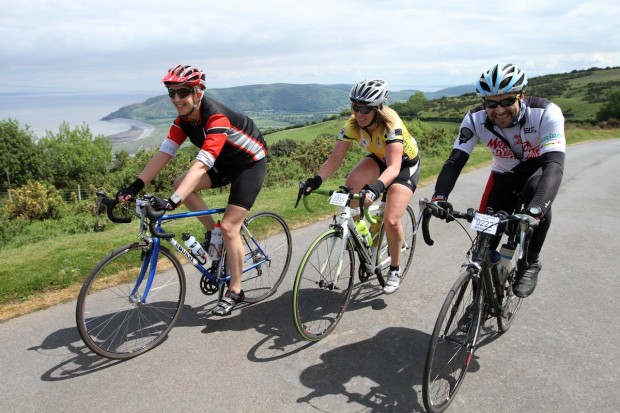
Now is the time to look at two things: firstly, specificity of training to get as familiar with the type of efforts you will be making and often the type of terrain you will be riding on; secondly, squeezing that last bit of fitness out to get on the line in the best possible shape.
As I have mentioned in earlier articles, aiming to train for the type of efforts you will be making, whether they are long climbs in the Alps or Pyrenees for l’Etape du Tour; shorter, steeper efforts in the Chilterns or the mountains of Wales in UK sportives, or the challenge of riding hard and recovering daily in a multi-day event, is a vital part of your preparation.
Now is the time to take this one step further, can you recce some or all of the course? Can you take a few days off work or extend a bank holiday weekend to get a mini multi-day event in preparation? Have you honed a nutrition strategy to use on the day (more on this next time)?
Taking the time and effort to do these things now, with time before the ride to sort out any problems, will pay dividends in a few weeks time when you’re relaxed, confident and fit. Where it’s not possible to train on the course, think of ways around this. Can you ride a ‘virtual reality’ version of the course on a turbo trainer to see what to expect? Can you find climbs of similar length and gradient near you if travelling abroad, or at the other end of the country if overseas travel is impractical?
The second thing to look at is dialling in your top end fitness to improve speed. You’ve built a strong base now so are ready to add some…. interval training! These words might sound daunting for many riders, but a short four to six-week block of high intensity training can make a huge difference in your fitness.
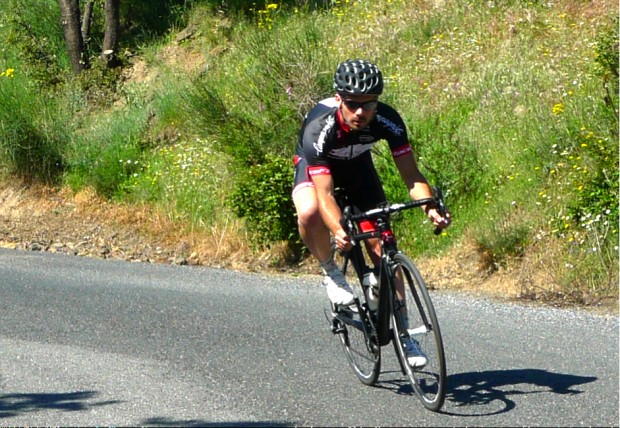
In the previous article, I discussed training for hills and, once again, trying to make these intervals as specific as possible is best. Short intervals at almost full gas for the shorter climbs, or accumulating a longer period of work such as 3×10-minute intervals at just over your comfortable climbing pace for a long ‘Col’, are a good start. These can be done on a turbo trainer to allow greater control over the workload and keep a consistent effort; or on climbs, increasing specificity and often motivation (especially with a training partner) to push yourself to the limit! As with most aspects of training, intervals should be introduced gradually.
The hard efforts will require proper recovery between efforts and between sessions to get the most benefit from them. Working in a block of several weeks training by increasing the training load over three to four weeks before backing off for a week to fully recover, repair and adapt so that you come back stronger is a good strategy.
If, for example, you have eight weeks from now until your goal event, a good strategy would be to increase the number of intervals from, say, 5×2-minute efforts with equal rest periods in the first week by one per week for three weeks before backing off to three efforts in week four.
In weeks five and six, try to complete two interval sessions per week, maybe at the expense of a hill climbing session, and reduce your recovery time to just one minute, before starting your taper midway through week seven so that you’re fit and fresh for week eight. These sessions will be very hard, so making sure you’re well fuelled for them and remaining hydrated (especially indoors or in the heat) can make a big difference to your ability to complete the session. If you’re using the turbo trainer, try to ride in a well-ventilated area and have a fan blowing on you to help you cool down. Aim to drink at least one bottle in an hour long session and a carbohydrate-electrolyte drink will help too.
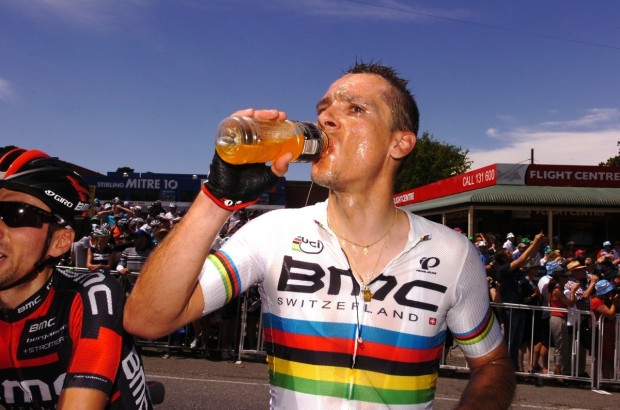
Such an emphasis on high intensity training will mean something has to ‘give’, and this is usually your training volume. While this is inevitable, and often a good thing, adding a little more rest, increasing recovery and quality of training during these high intensity sessions, do try to keep one longer ride in every week. If you haven’t managed a full-length ride for your chosen sportive try to get one in – it will be great for confidence as well as the legs. This may mean cutting out some other sessions so you are maybe training less frequently, but every session is made to count and ultimately you will be in better shape when it counts.

